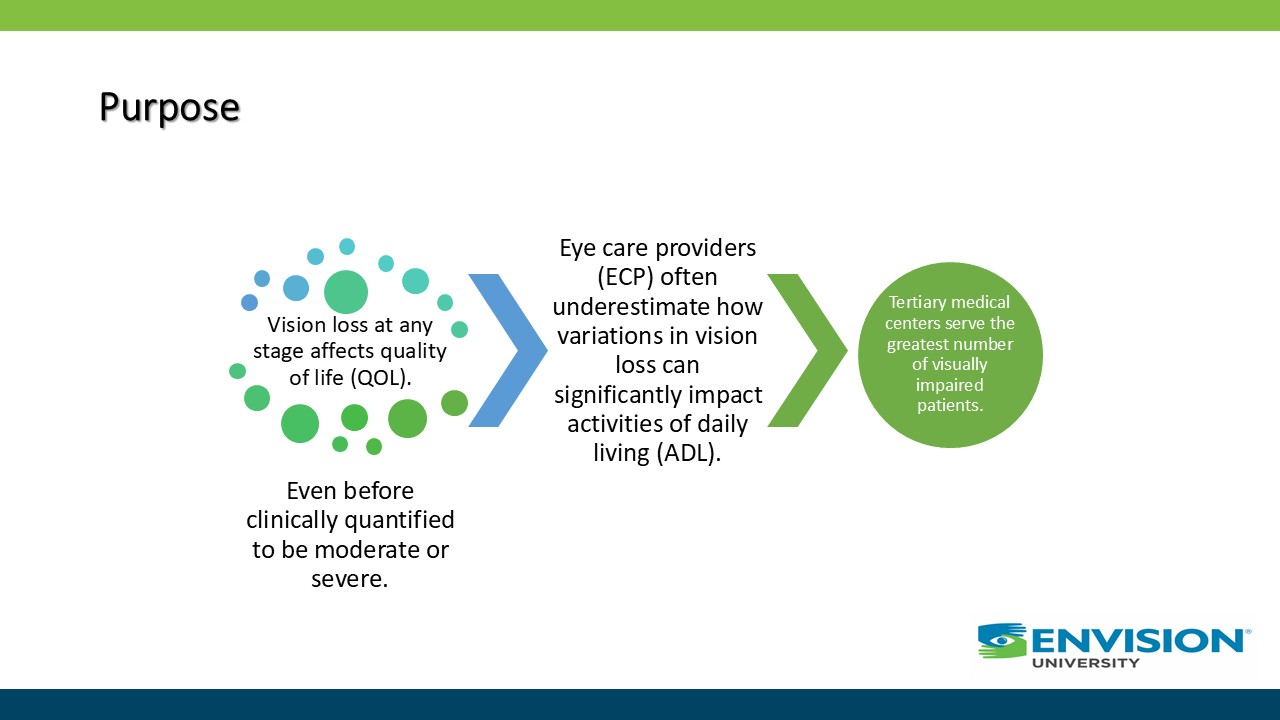
Visibility 19 Issue 1, 2025
Factors Influencing Referrals to Vision Rehabilitation at a Tertiary Medical Center
Sanbrita Mondal, OD; Christina Thomas-Virnig, PhD; Kyle Peterson MS
Functional vision loss at any stage affects quality of life (QOL) even before the loss is clinically quantified to be moderate or severe. Eye care providers (ECP) often underestimate how small variations in vision loss can have a significant impact on a patient’s activities of daily living (ADL). Tertiary medical centers serve the greatest number of visually impaired patients. Our study investigates what factors influence ECPs with vision rehabilitation service (VRS) referral decision-making at a tertiary medical center. We also further studied whether decision making was influenced by specialty, volume of practice, years of practice, number of practicing locations, gender and continuing education status. By understanding influencers on ECPs decision making, we will be able to make more targeted recommendations on workflow changes, continuing education and quality improvement processes to increase access to care bringing VRS forward once again as a standard of care.
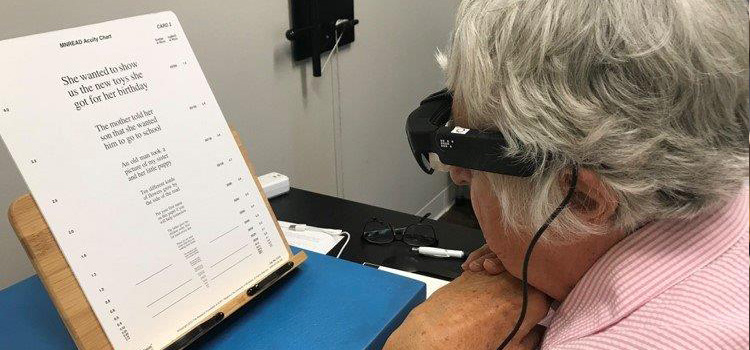
Visibility 18 Issue 2, 2024
Functional Performance, Technology and Quality of Life Among Adults with Vision Loss
Callie M. Victor, PhD, OTR/L, CLA, et al.
The purpose of this study was to examine how functional performance and the use of technology influence the quality of life for adults with vision loss. The research was guided by the following question: How do functional performance and the use of technology influence the quality of life for adults with vision loss? It was hypothesized that adults with vision loss who use technology daily would report higher quality of life.
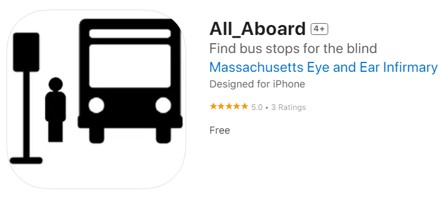
Visibility 18 Issue 1, 2024
Using Smartphone AI App to Close the Gap in Public Transportation for Visually Impaired
Gang Luo, PhD; Shrinivas Pundlik, PhD
Visually impaired travelers often complain about difficulties in finding exact locations of bus stops in stipe of using GPS based navigation apps. We conducted a study to determine the severity of the problem and the causes. We also developed and validated a solution to address the micro-navigation issue in accessing bus stops
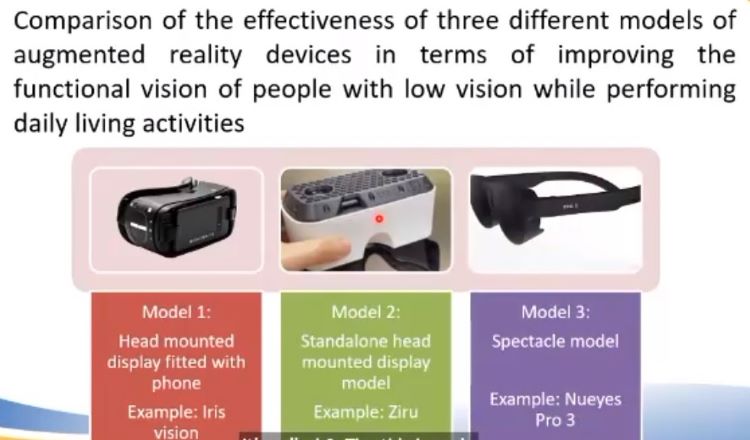
Visibility 17 Issue 4, 2023
Comparison of Changes in Visual Acuity of People with Low Vision While Using Three Models of Augmented Reality Devices
Sarika Gopalakrishnan, PhD, FAAO; Ron Schuchard, PhD, FARVO
The objective of this study was to analyze the visual acuity changes in people with low vision while using three models of augmented reality devices.
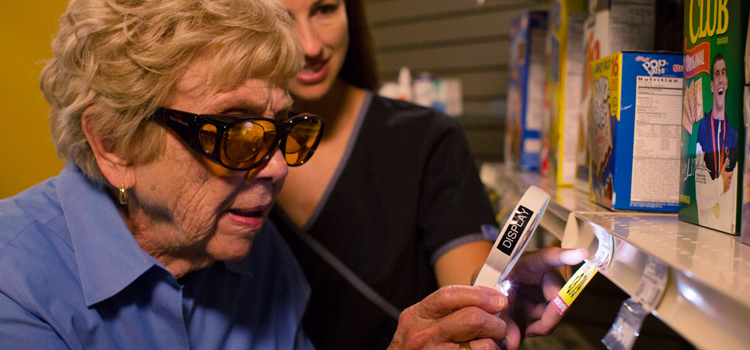
Visibility 17 Issue 3, 2023
Examining Outcomes of a Low Vision OT Intervention through Changes in Scores of Low Vision Independence Measure (LVIM ) and Improved Scanning Strategies.
Erin Kramer, OTR/L, CLVT
This quantitative study describes methods of evaluating visual fields, compensatory scanning, and the performance of activities before and after a treatment protocol that purports to teach a visual scanning strategy that compensates for homonymous hemianopia and quadrantanopia. A novel test of visual fields was developed for bedside assessment, a standardized test of visual scanning was adapted, and a standardized test of self-reported difficulty with activities typically affected by visual impairment (Low Vision Independence Measure, LVIM) was blended into occupational therapy in an inpatient rehabilitation protocol for people with acquired brain injury.
Showing 1-5 of 132 results
Next